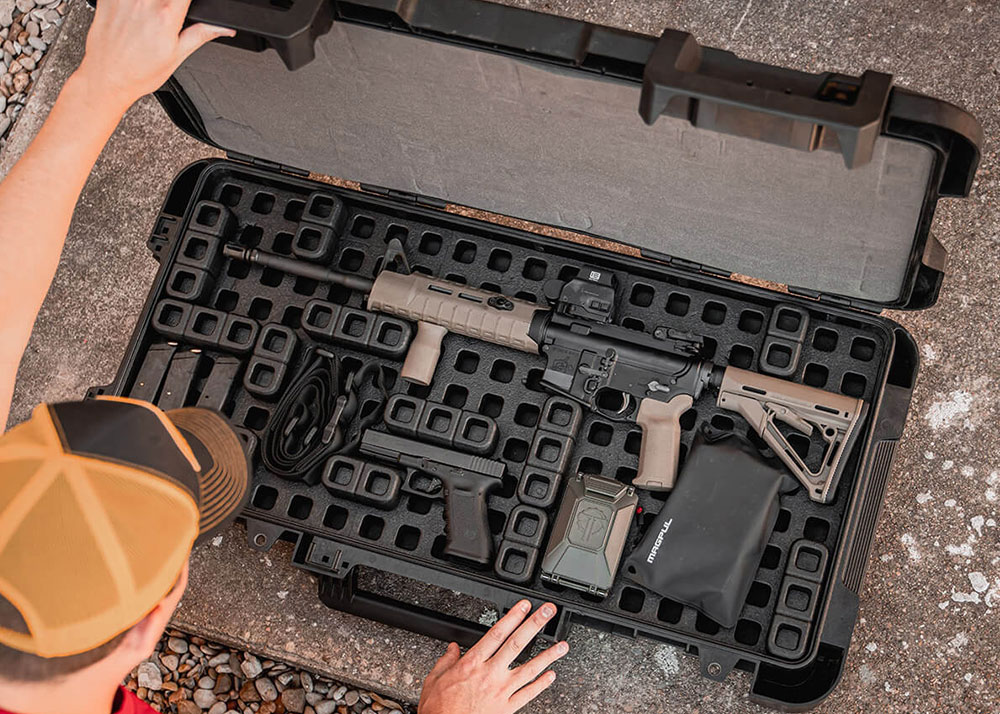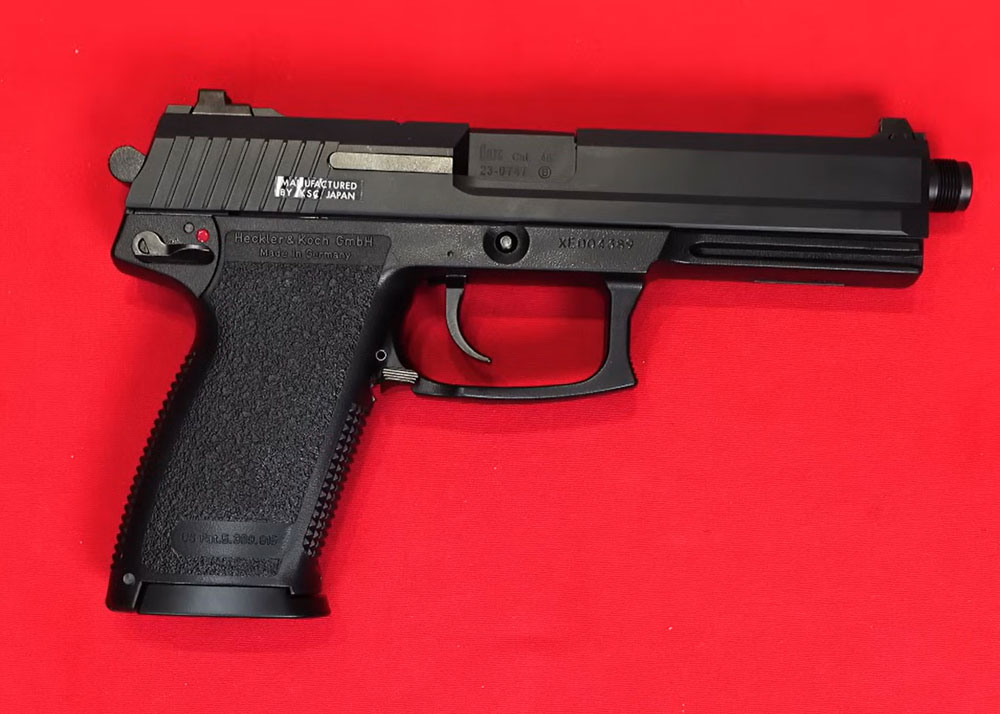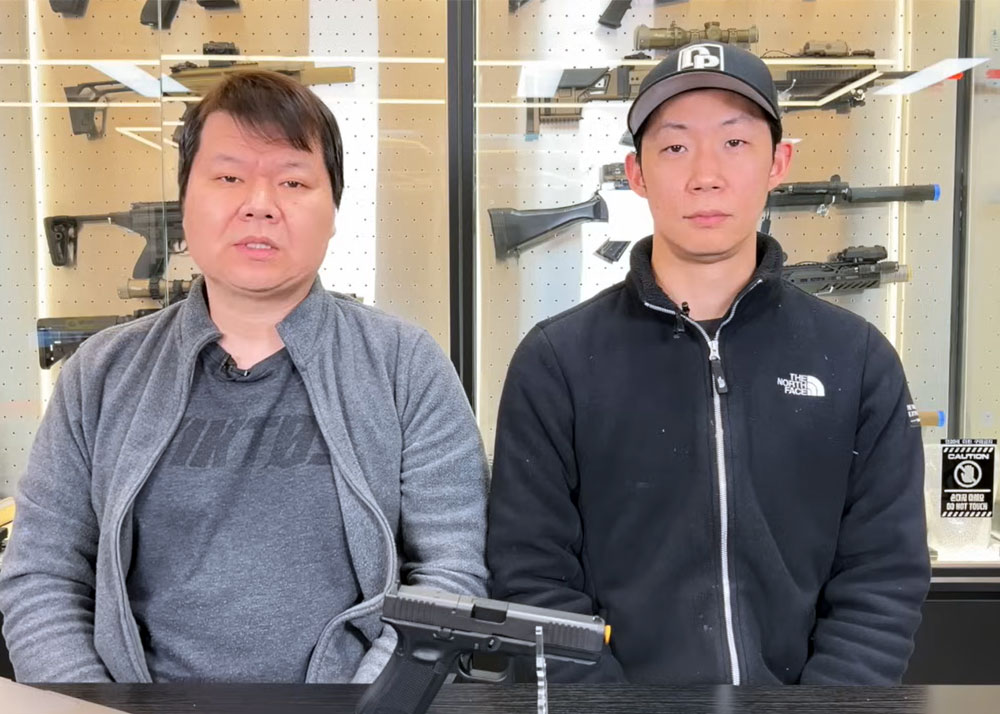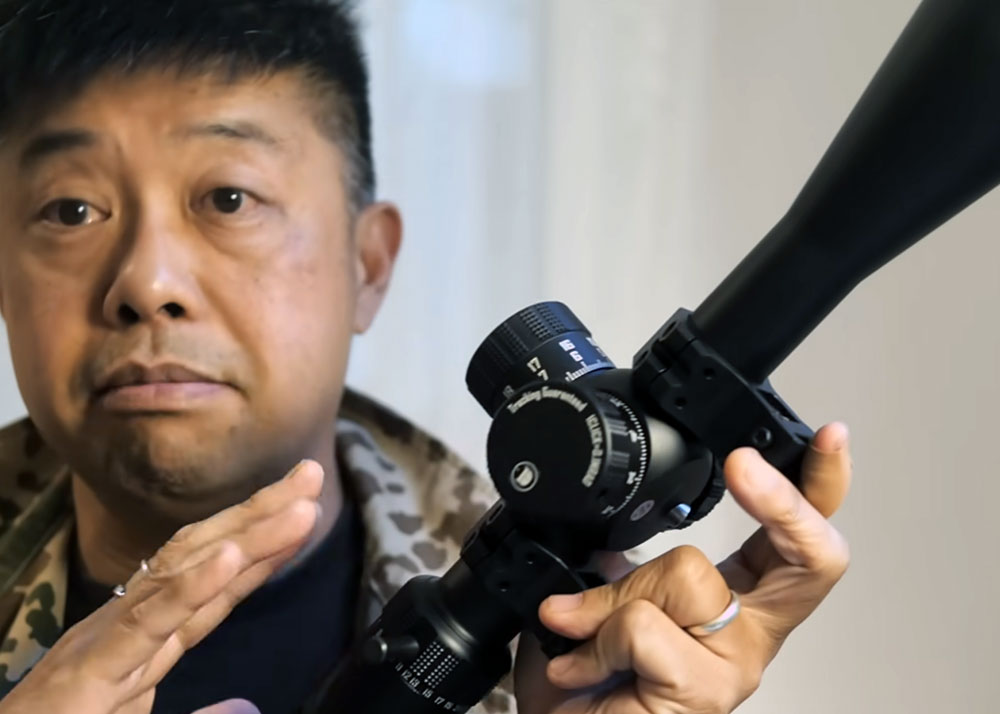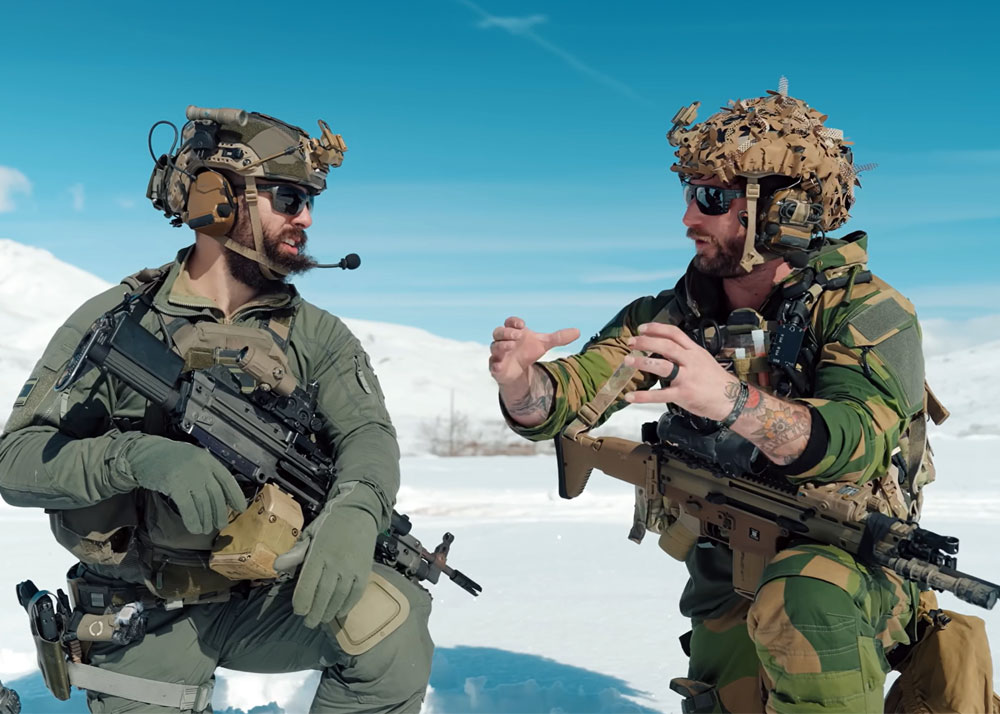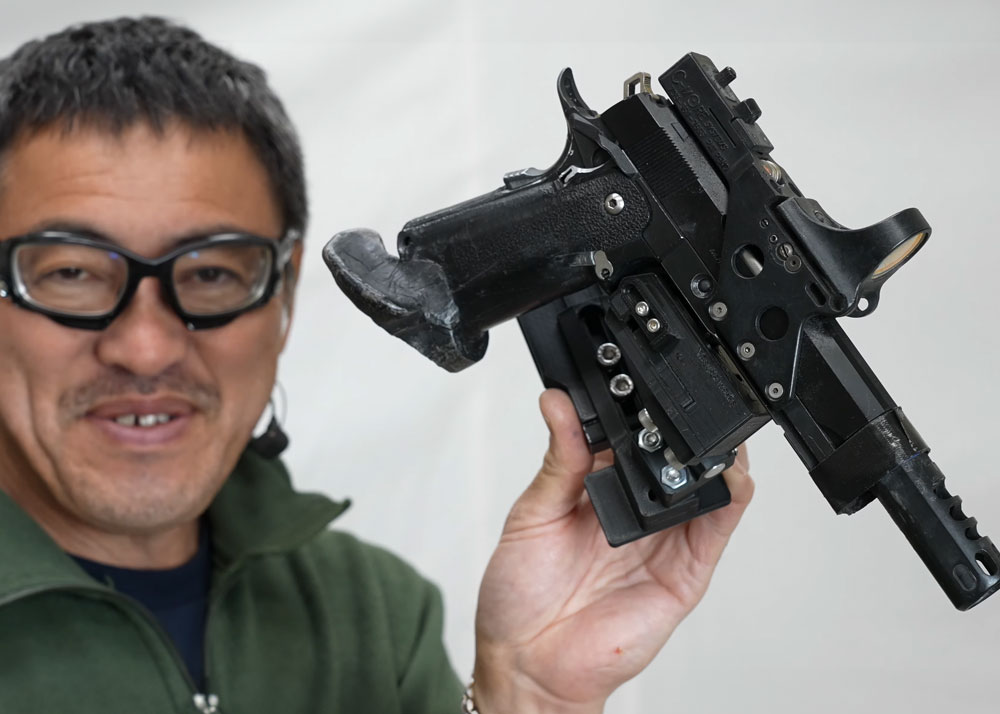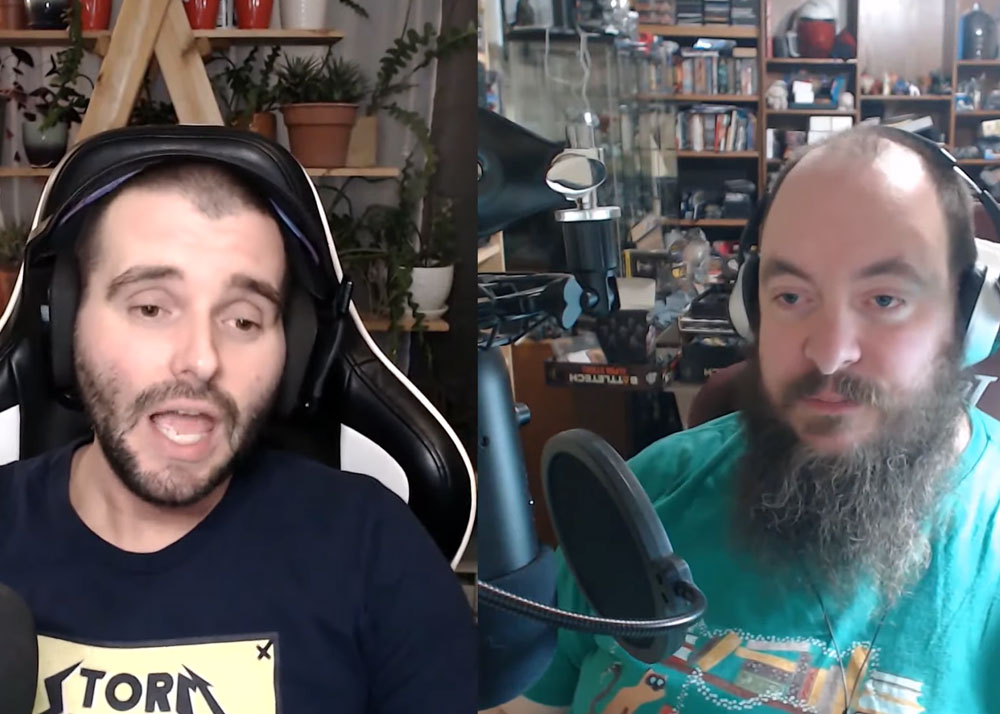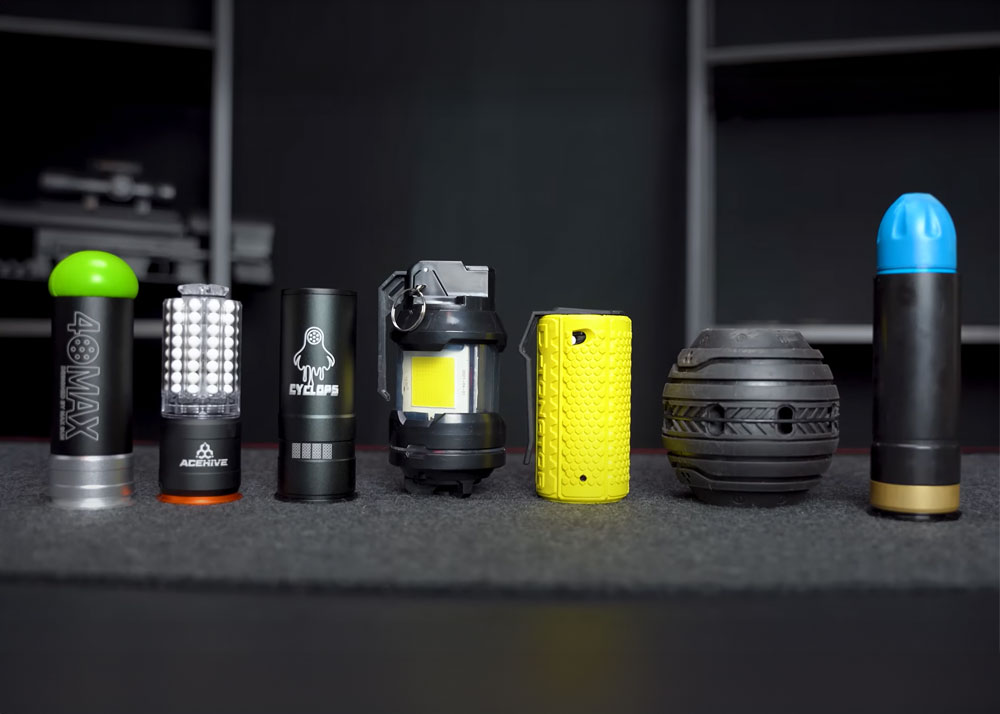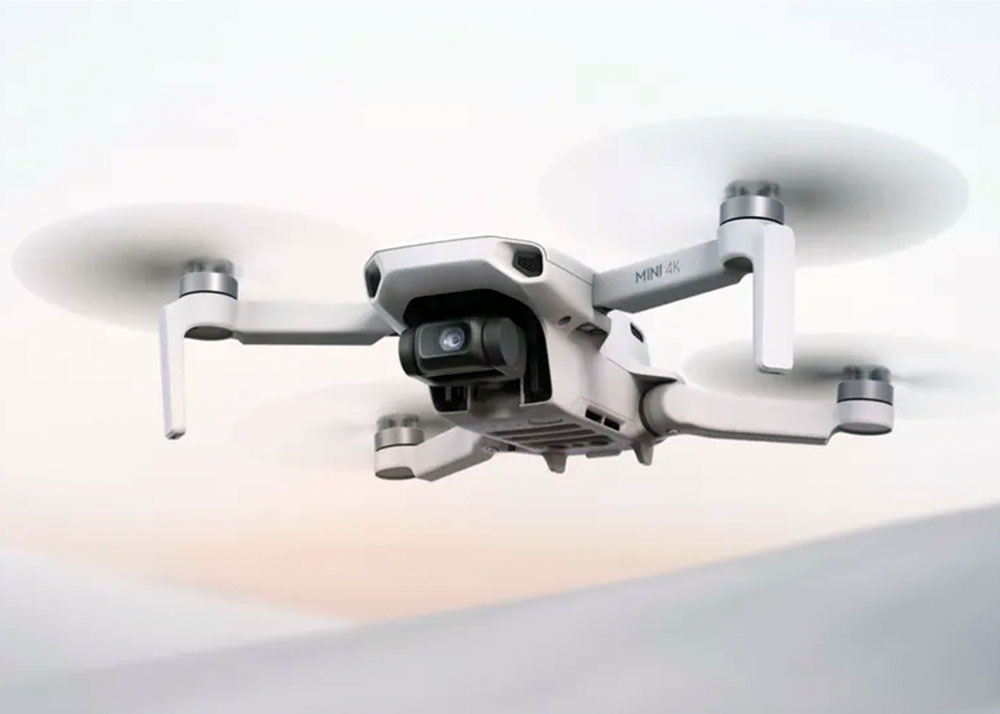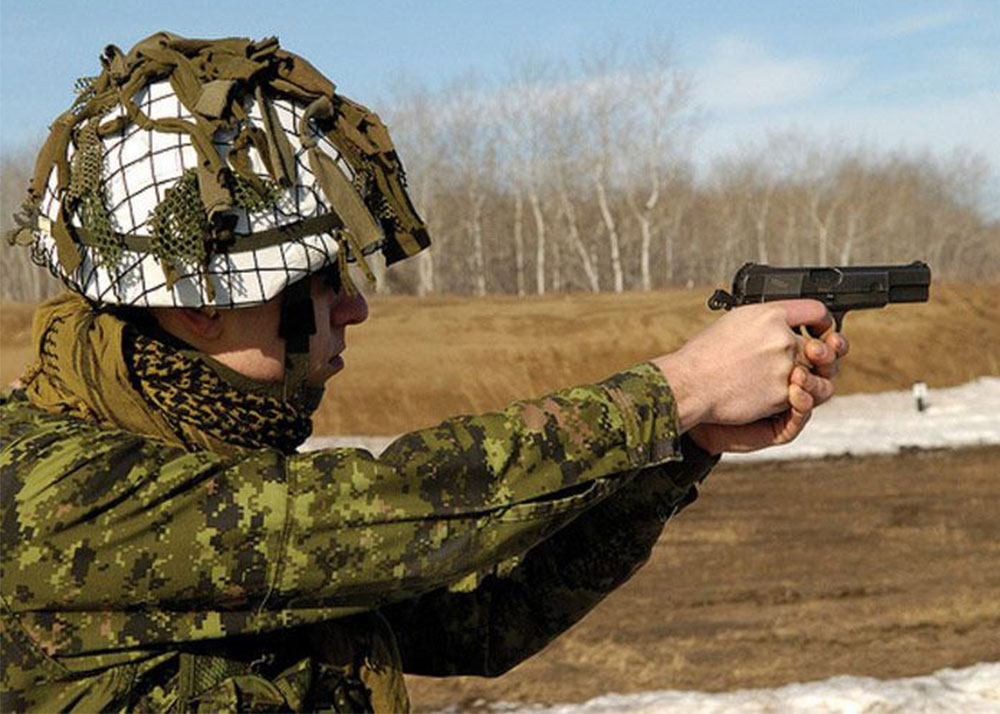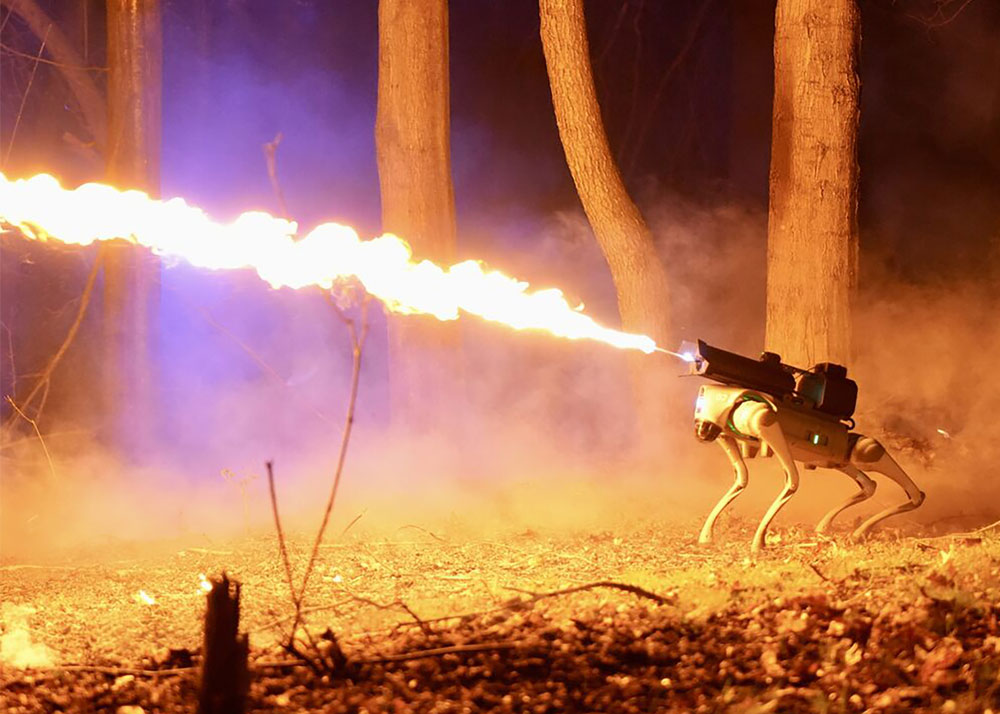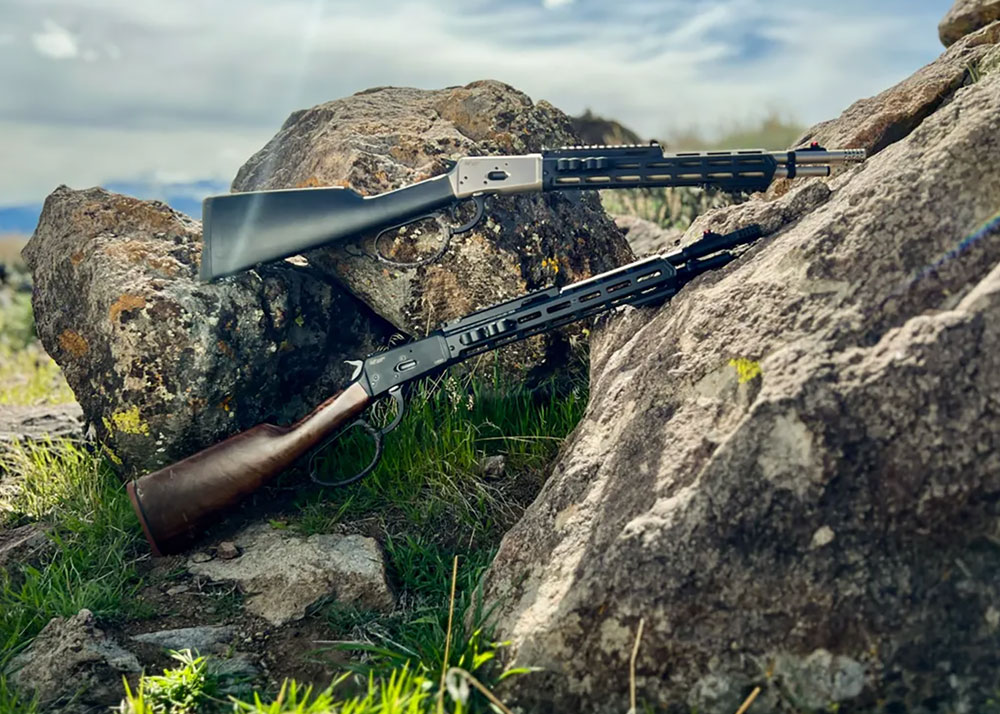After Action Report: The Costa Contract 2014
Moondog
22 Nov 2014
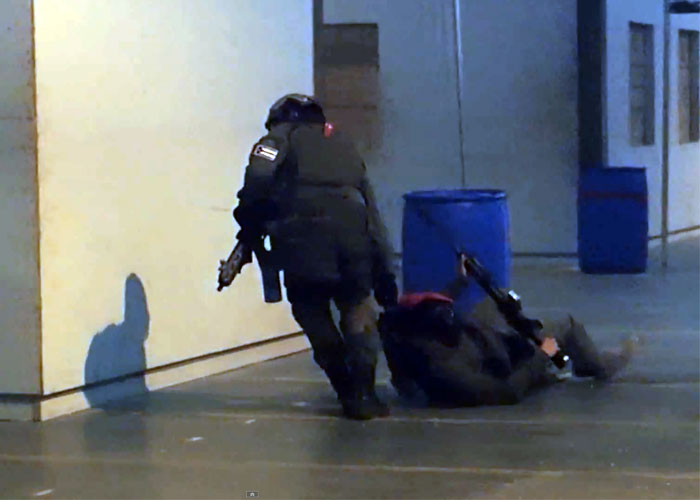
Shouts of "Medic!" and gunfire echoed in the dark, punctuated by the random explosion of a grenade. A 100m in the distance, the limp body of a young man was being dragged to safety into an office building by two of his cohorts braving sniper fire from an unknown quarter. Silhouettes of friends or possibly foes darted from car to car.
Looking up into the darkened sky, there were no stars to be seen. Instead, there was just the dull orange lights of the warehouse. A huge, cavernous warehouse of what was once a Corning Glass factory, just outside of San Francisco.
For a last few years, The Tantalum Contract has been one of NYCAirsoft's largest MilSim games. And now, with NYCAirsoft's events expanding to California, we wanted our first West Coast Tantalum game (The Costa Contract) to be epic. And what better place than the largest indoor, airsoft arena in the country?
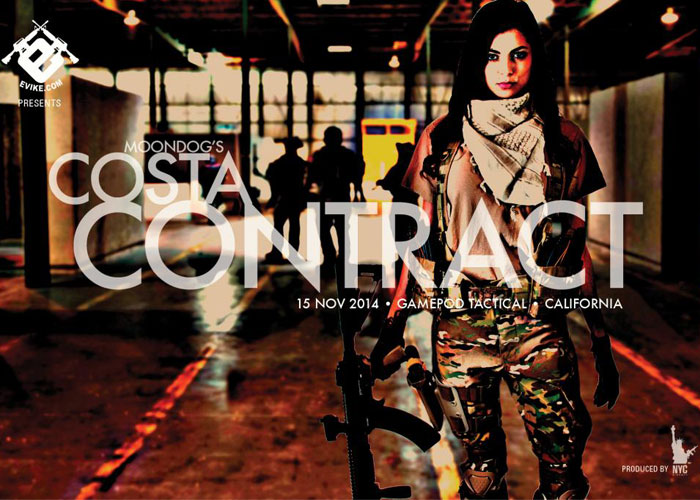
Gamepod Combat Zone, in Antioch, California, is a real world tactical training facility, with over 40,000sq meters of full-sized streets, cars, buildings, and even the forward-half of a Boeing 737 parked next to a simulated airport. Long-duration MilSim style games were often talked about but never attempted here. Bay Area players were used to CQB games that lasted 30 minutes with fast respawns, long breaks between rounds, and teams assigned by arm bands.
What I was envisioning was something different, an indoor version of an outdoor MOUT game with uniform defined teams and long duration missions, with medic and respawn rules that were based on reality not video games. What we had planned was something new --- a 4-hour CQB game that wouldn't stop for reload breaks but would continue non-stop until the end of the day.
In typical CQB games, teams started from known locations with fixed respawn zones. This created a very linear experience with very little variation, except when teams swap sides. If a team overran another team's spawn, play would be called to a halt.
To change this dynamic, I introduced a third team, and instead of fixed spawn points, all dead players returned to a common staging area where Refs would organize them into squads, simulating reinforcements that would be inserted into the arena at unexpected locations via external entrances. Teams now had to contend with contacts from any direction and players had to maneuver and adapt.
We also introduced the players to MilSim-style body armor and medic rules. Simulated plate carriers and hard helmets could provide an extra bit of protection by absorbing a single BB hit. When they were hit by fire, Medics didn't magically "heal" players like in video games or RPGs. They 'treated' the wounded player allowing them to be "evacuated" to a staging/field hospital where they could return to play much faster than untreated players waiting out their full bleedout time.
We took the players through a short set of introductory mini-games to familiarize themselves with these new rules. To their credit, their maturity, experience, and honor allowed them to pick up the new play style rather quickly. In less than 30 minutes we started the game which wouldn't end until four hours later.
Angle-Sino Security (A.S.S.) had the smallest team. The strategy of their CO, "Bait", was to keep his smaller team together as one force focused on the bonus missions rather than attempting to get the game's primary objective (taking and defending the refinery's Control Server.) The other teams had the luxury of dividing their larger forces into smaller squads. "Soap", the CO of Global Resource Defense Enterprises (GRDe) took on double bonus missions after bonus mission, which would prove too ambitious, as the incomplete missions left his team in negative point standings at the end of the game. Kiev Afrikaner Secure Holdings (K.A.S.H.) had the largest team, nearly double the size of A.S.S. Their numbers allowed their CO "Delta Jay" to send troops to dominate the Control Server for most of the day. But their forces were often too dispersed causing them to fail to achieve bonus missions within the required time.

After 4 exhausting hours, the Costa Contract was finally called to an end. The teams retired to the staging area (which is as large as some CQB arenas). We raffled off two M4 AEG's and prizes donated by event sponsor, Evike.com. And as a bonus event, we held the first Steel Balls tournament, an unorthodox, pistol dueling competition where players line up to face each other with targets between their legs. Soap redeemed himself by winning the competition.
After all the mission points were tallied, A.S.S. emerged as the victor with 300 points vs. K.A.S.H with 200 points. The winning team usually earns the largest game donation for their designated charity but this time, the CO chose to help a local charity. BNK3R, the leader of an airsoft team from Santa Cruz, CA, had recently had part of a leg amputated due to a road accident. The donated funds would go to help him buy a prosthetic leg and return to playing the sport we all love, airsoft.
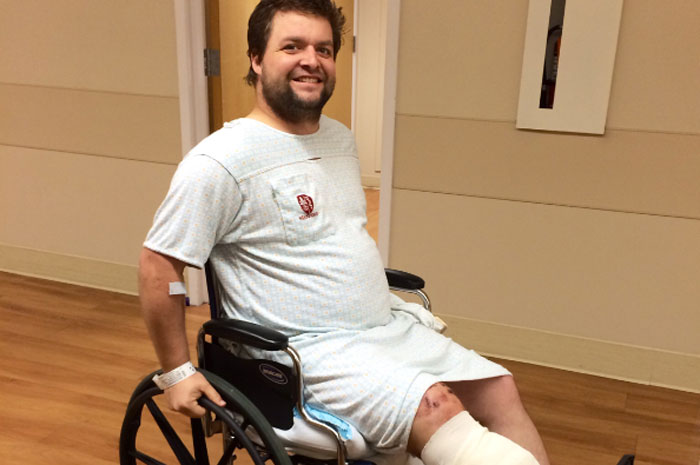
Watch the game and competition highlights:
------------------------------------------
About NYC Airsoft and Moondog Industries
NYCAirsoft.com is a website portal about airsoft, tactical sports and entertainment and cultural events, in New York and around the nation. Featuring the NYC Airsoft forum and Facebook group, it facilitates social networking among airsoft players and teams.
Moondog Industries LLC. is a boutique developer of tactical products created for airsoft, paintball, law-enforcement, and the military. Moondog Industries produces airsoft games benefitting such charities as the Leukemia and Lymphoma Society, the Wounded Warrior Project, the USO and the American Diabetes Society.


